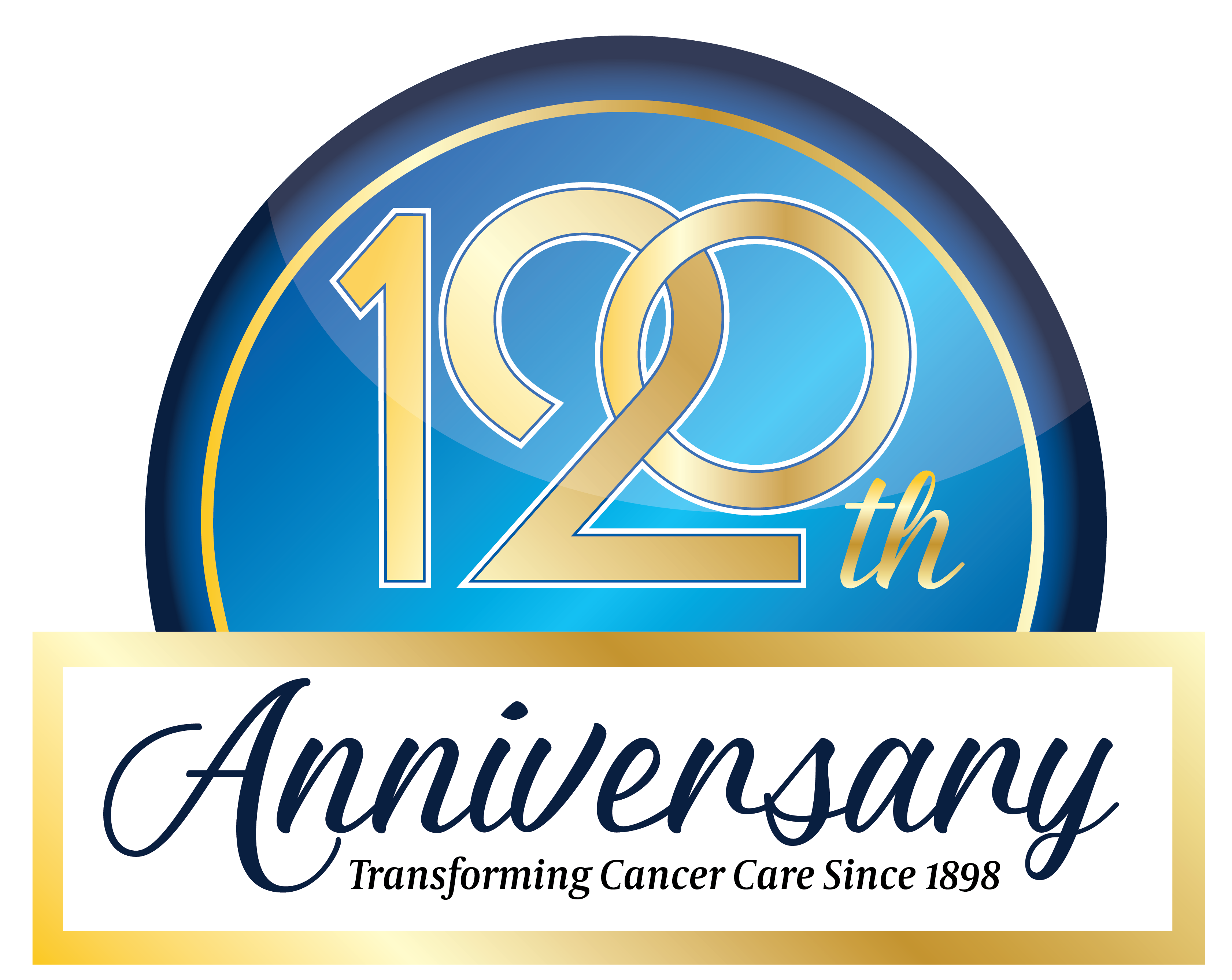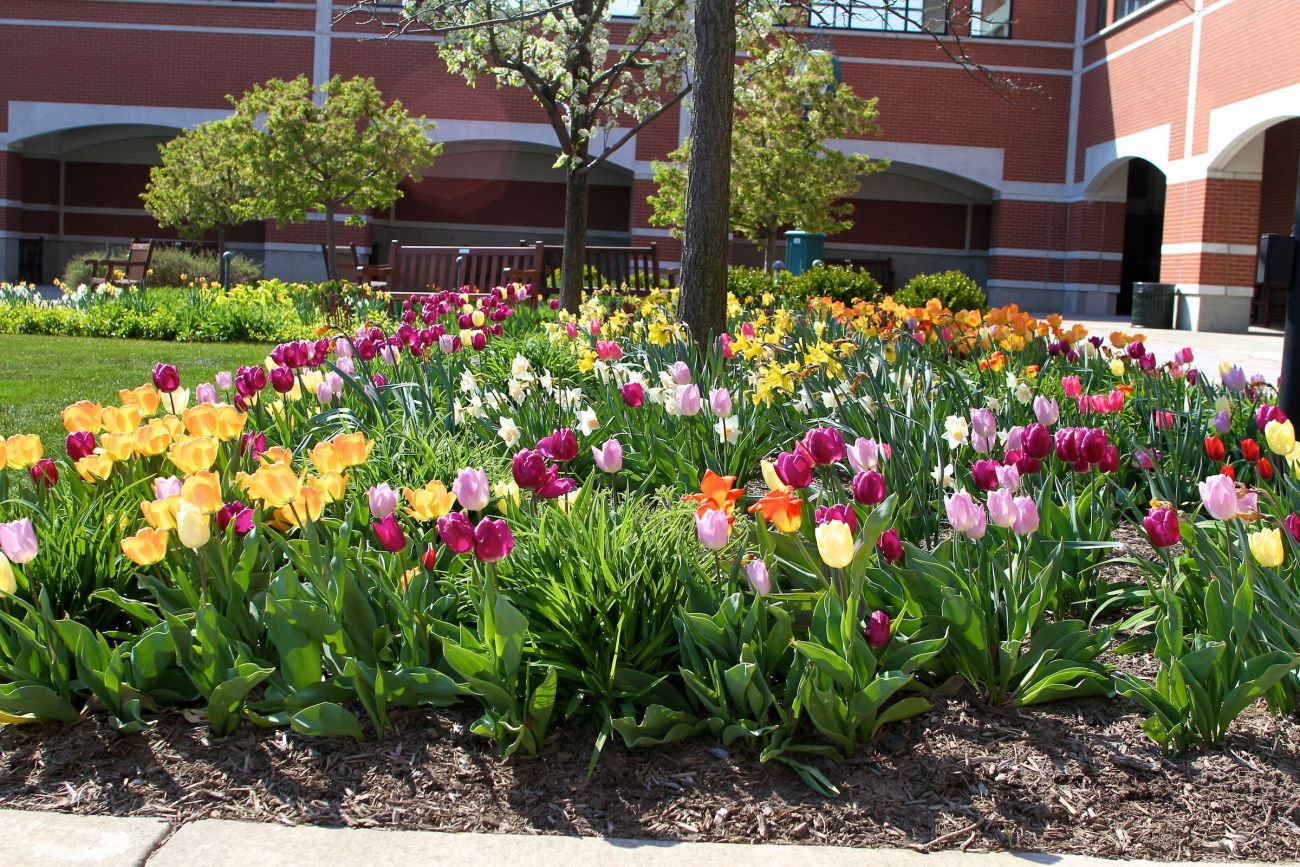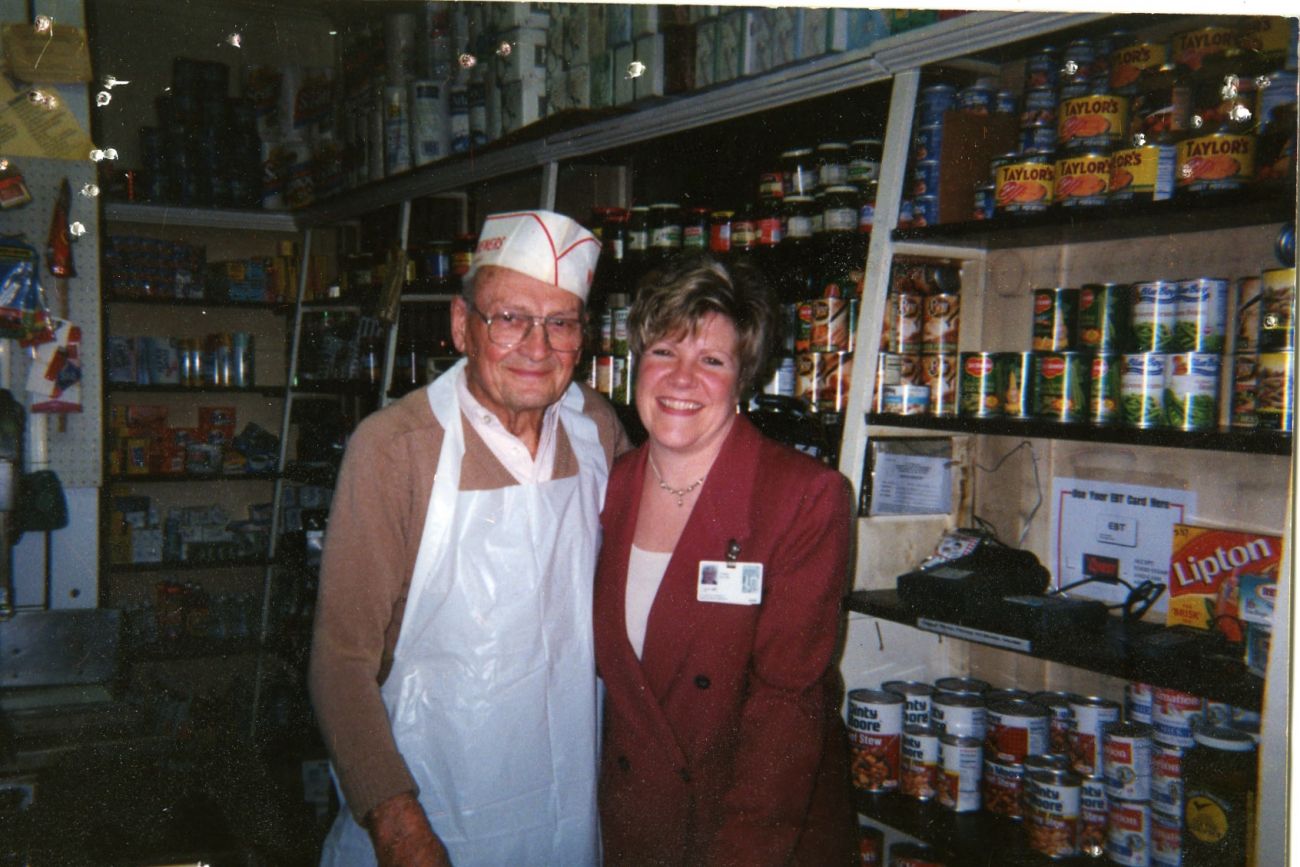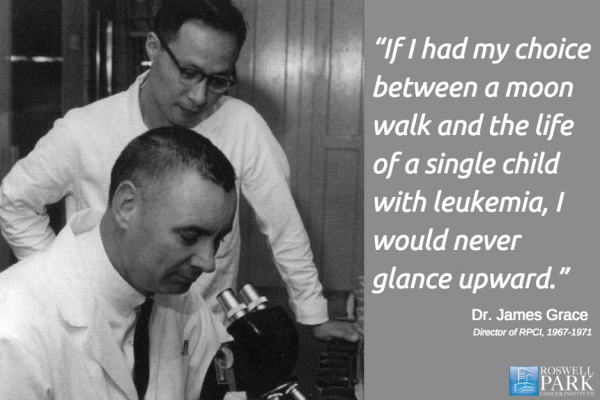Roswell Park Comprehensive Cancer Center marks its 120th anniversary this year, so we dug into the Roswell Park archives to bring you stories of courage, perseverance, brilliant new ideas and inspiring triumphs.

Sometimes when Cindy Eller went to visit deli owner Waldemar Kaminski, she was afraid to get out of her car. Mr. Kaminski lived above his store in the City of Buffalo, but the neighborhood had changed since he grew up there in the ’20s: the area had fallen into decay, and gangs now roamed among boarded-up houses.
Ms. Eller, Vice President for Development, first met Mr. Kaminski after he called her to ask about making a gift to Roswell Park. When he showed her around his apartment, she noticed that it was furnished mostly with hand-me-downs — except for a new computer, which occupied most of his time when the workday ended.
It turned out that Mr. Kaminski had a secret. He was a skilled, self-taught online investor, and by living simply and managing his investments wisely, he had saved $6 million. He shared that wealth with others, helping neighbors who struggled to pay their mortgages, covering tuition for young people working toward a college education, and assisting charities across the region, especially those devoted to children.
Now he wanted to make larger contributions for an even greater impact. If he made a substantial gift to Roswell Park, he asked Ms. Eller, what could be done with the money?
Two Monumental Gifts
That conversation led to plans for two major projects. The first, funded with a gift of $1.5 million, established the Waldemar J. Kaminski Chair of Pediatrics. “He loved children, and he wanted to help the sick children here,” recalls Ms. Eller. “We explained that he could help by supporting pediatric research. He loved that idea.”
The funds have filled several needs, including Roswell Park’s involvement with the Children’s Oncology Group, a large national clinical trials group supported by the National Institutes of Health. The gift also helped establish the Young Adult Cancer Program, which supports research, access to clinical trials and psychosocial services for patients between the ages of 18-39.
At a cost of $1 million, the second project created a two-acre park right next to the hospital, transforming an empty lot into a green oasis traced by walkways winding around fountains, trees and flower gardens. The gift included an endowment for park maintenance and future purchases of plants and flowers.
Since the gates first opened, the park has provided a beautiful setting for fitness classes, Roswell Park’s annual Tree of Hope celebration, weekly farmers markets during the summer, and even weddings. For patients and families, it’s a much-needed place to relax and turn their minds from medical worries to the natural beauty around them.
Of all the gifts he gave others, the park was perhaps the only one in which Mr. Kaminski could truly share. After he developed multiple myeloma and came to Roswell Park for treatment, he often sat on a bench beneath an archway in the park, taking quiet and anonymous pleasure in watching others enjoy the sanctuary he had helped make possible.
"They Need Me"
Plans were underway for a public announcement of his gifts. But in September of 2002, when Waldemar Kaminski was 85 and still undergoing chemotherapy, three teenage girls entered his store, robbed him and beat him. It was the eighth time he had been robbed in just two years, yet after he recovered, he dismissed Cindy Eller’s pleas that he move to a safer location. “I like the fact that I can help these people,” he told her. “They’re part of my family and my community. They need me.”
“He was a very kind soul, and it broke my heart when that happened,” says Ms. Eller. The attack made it clear that publicly acknowledging Mr. Kaminski’s generosity would put him in grave danger: If people found out that he had millions to give away, thieves might assume that he kept large sums of money in his home.
So the park he funded was dedicated as “W. J. K. Park and Gardens,” his initials standing in for the name that could not be revealed. “He understood and agreed,” says Ms. Eller, “but he wanted so much to tell people, so we started telling doctors and nurses here at Roswell Park, so they could thank him during his lifetime. They’d say, ‘Thank you; it’s so wonderful. It’s a beautiful park.’ And he liked that, that the Roswell Park community knew.”
The Roswell Park Alliance Foundation also created a plaque identifying and honoring Mr. Kaminski as the park’s benefactor, to be installed at the entrance to the park after his death, when he would no longer be in harm’s way. “We presented it to him, to show him what it would look like, and he cried,” Ms. Eller remembers. “He was very happy. He said it was one of the best things he had ever done.”
Waldemar Kaminski died June 21, 2006. Today, through his generosity, a Roswell Park scientist moves ahead with research on monoclonal antibody therapy for pediatric lymphoma patients. And on warm, sunny days, near the bench where Mr. Kaminski rested after his cancer treatments, bright flowers entice visitors into the park that finally bears his name.
Never miss another Cancer Talk blog!
Sign up to receive our monthly Cancer Talk e-newsletter.
Sign up!

